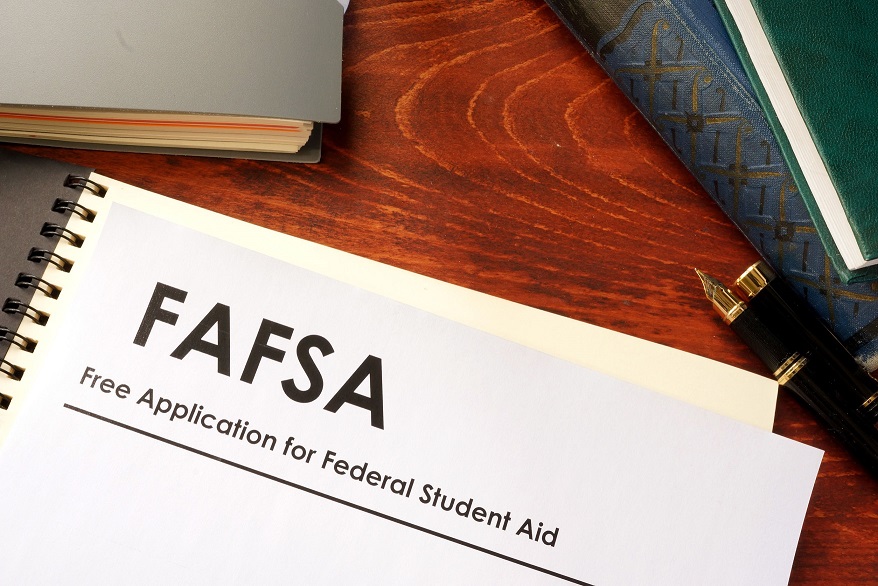
What are the key differences in the CSS Profile vs. FAFSA? Which one school I fill out, or do I need to fill out both? We’ll answer these questions and more in this financial aid form comparison guide.
What Is the CSS Profile?
The College Scholarship Service Profile (CSS Profile or PROFILE) is a financial aid application developed by the College Board. It is a detail-oriented application that requires more specific information than FAFSA. This data, mostly surrounding a student’s household income, is used to calculate a student’s financial need.
The CSS Profile is mostly used by private universities at this time. It requires a $25 application fee (includes one school submission), plus $16 per school submission after that. Schools like Yale, Harvard and Columbia use the CSS Profile because it provides a more comprehensive overview of a student’s financial status. Students and families can clarify specific elements of their application, which may indicate a greater need for aid.
Win more scholarships with less effort
Simplify and focus your application process with the one-stop platform for vetted scholarships.
Check for scholarshipsA new CSS Profile must be completed once a year, if the student is attending a school using it. If you do not attend an institution that uses a CSS Profile, or you are not applying for a scholarship that requires it, you do not have to complete the application.
What Is FAFSA?

Much like the CSS Profile, the FAFSA uses tax information to assess a student’s family income and financial need. This information is sent to the college the student attends, as well as any other organization the student decides to submit it to. A new FAFSA must be completed once a year, but the application is completely free.
For more information about the FAFSA, check out our FAFSA Basics Guide.
Differences between CSS Profile vs. FAFSA
While both the CSS Profile and the FAFSA are used to assess financial need, there are key differences between the two. These include:
- The FAFSA is free to fill out. The CSS Profile costs $25 for the application and one school report, plus $16 for each additional report. However, the College Board does offer fee waivers to select applicants.
- Completing a FAFSA is required for nearly all colleges and universities in America. Completing a CSS Profile is optional, unless the school or scholarship organization requests it.
- The CSS Profile looks into some income areas that the FAFSA excludes, such as home equity, small business values, and annuities.
- The FAFSA typically categorizes financial gifts from family members as assets when used to pay for college. The CSS Profile considers them income.
- The CSS Profile considers upcoming medical expenses, elementary school tuition, and other household expenses when calculating financial aid. These factors may limit a student’s ability to pay for education.
- Because the CSS Profile is more in-depth, it may take longer to complete. The College Board estimates that most applications take 45 minutes to 2 hours.
Why Would a School Use the CSS Profile Instead of FAFSA?
According to the College Board’s CSS Profile Tutorial for 2018-2019, the CSS Profile “collects a more complete picture of [a] family’s financial aid status.” It was created by financial aid officers, so it addresses specific concerns that may not be covered in the FAFSA. For instance, if children in the household attend a private elementary school, that school tuition is factored into the CSS Profile. It is not assessed as an expense on the FAFSA.
As we mentioned above, the CSS Profile is mostly used by private universities at this time. Those schools have high tuition rates and equally high competitions for financial aid. The aid department needs to know which students need the most funding, and how much help they need for college. The CSS Profile analyzes minute details to give an accurate reading for this.
Are Financial Aid Applications Interchangeable?

Which One Should I Fill out – CSS Profile or FAFSA?
No matter where you go to college, you will most likely be required to complete a FAFSA. This will determine if you qualify for any federal aid, including the free Pell Grant or student loans you will need to repay.
Because the CSS Profile is not widely used yet, you may not benefit from completing one. You would need to find out if your school or any scholarships you’re applying for require a CSS Profile on file. If they do not accept this form, then it would be unnecessary to fill it out.
With all of this in mind, there is no harm in completing either application. Do this once a year when you have free time, and you will have it ready to go whenever you need it. If a last-minute scholarship opportunity arises, you don’t have to worry about finishing a lengthy form. It’s already on file, ready to submit. Now that you have a better understanding of the CSS profile vs. FAFSA, you can easily prepare for future financial aid.



